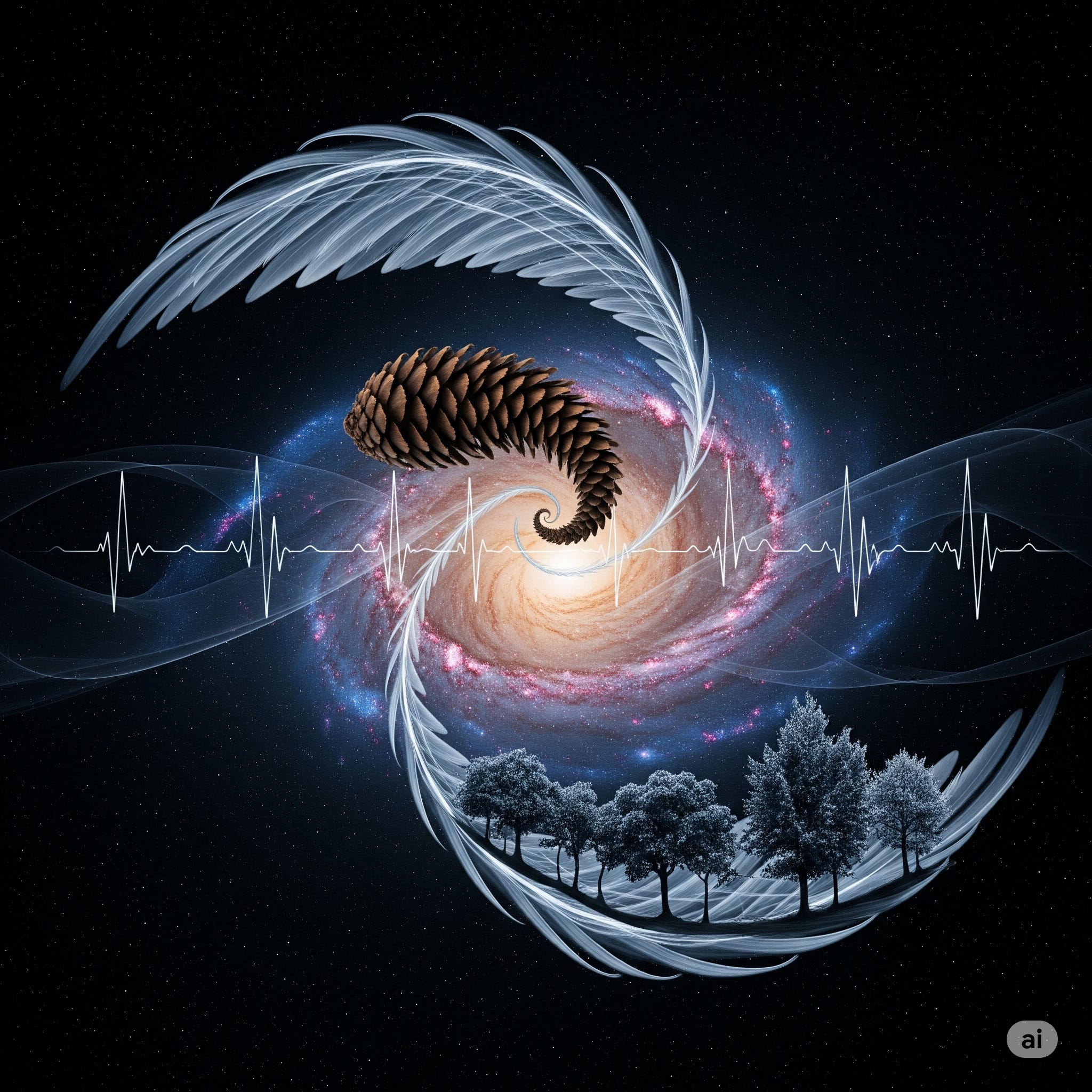#183: The Shape of Hidden Order: How Change Obeys Structure
Episode 1: An Introduction to Symmetry and Transformation.
I'm starting a new series from a deep conviction: as we work to understand Earth's intricately connected systems better, I believe we'll need to see things through a language of pattern; one that offers precision, not just abstract ideas. I'll be honest, the ultimate destination for this journey is still a bit hazy, and like you, I'm learning how to best identify and articulate these possibilities as I go. This isn't just an intellectual exercise; it comes from my own increasing challenge in navigating disciplines and models coherently. Of course, this way of looking at patterns isn't new; mathematicians have been doing it brilliantly for a very long time. But perhaps what is new is applying this lens directly as a Climate Repair Architect and a Systems Engineer. For now, this series will sit in a new section called "Form"Start anywhere in the universe, and you’ll find something repeating. Not an object, but a rhythm. Spirals in pinecones echo galaxies. The flutter of a bird’s wing follows the same curve that guides a riverbend. Even the beat of your heart aligns... loosely, mysteriously... with the sway of trees in wind.
So what is that?
Why does the world seem to prefer pattern over chaos?
We’re taught to think of nature as built from things; molecules, atoms, particles. Others say it all began from a single living cell. Or even from a single Word. That’s not a debate this post will enter... but it’s worth pausing on that last idea.
A Word is not just a sound. It has form. Syntax. Rules. It does something. It changes what comes after it. And more than that, it only makes sense in context, in relationship with other words.
In the beginning was the Word...
Which is another way of saying, perhaps,
In the beginning was structure.
Watch a drop of water fall. It stretches, trembles, snaps into a bead. Not randomly. Each movement follows hidden rules. The water isn’t choosing its path. It’s obeying something deeper... a set of possibilities.
Now imagine this:
What if those possibilities themselves had a shape? Not a visible one, but a kind of grammar, a logic that governs how one state becomes another. Not just structure, but transformation. This isn’t a story about particles or forces. It’s a story about motion and the rules that let change happen without tearing the world apart.
Could there be a complete set of moves?
A hidden symmetry that lets everything shift and stretch, collide and recombine and still make sense?
What if, underneath the noise of things, there was a kind of perfection, not in the objects themselves, but in how they relate... how they transition... how they unfold?
This post is a quiet approach to that idea. We’re not starting with answers. We’re starting with the smallest piece of that grammar. A building block that says: if I change you this way, and you change me back, the whole stays whole.
Let’s begin there.





